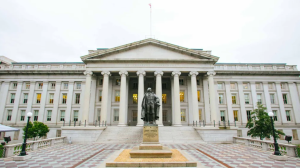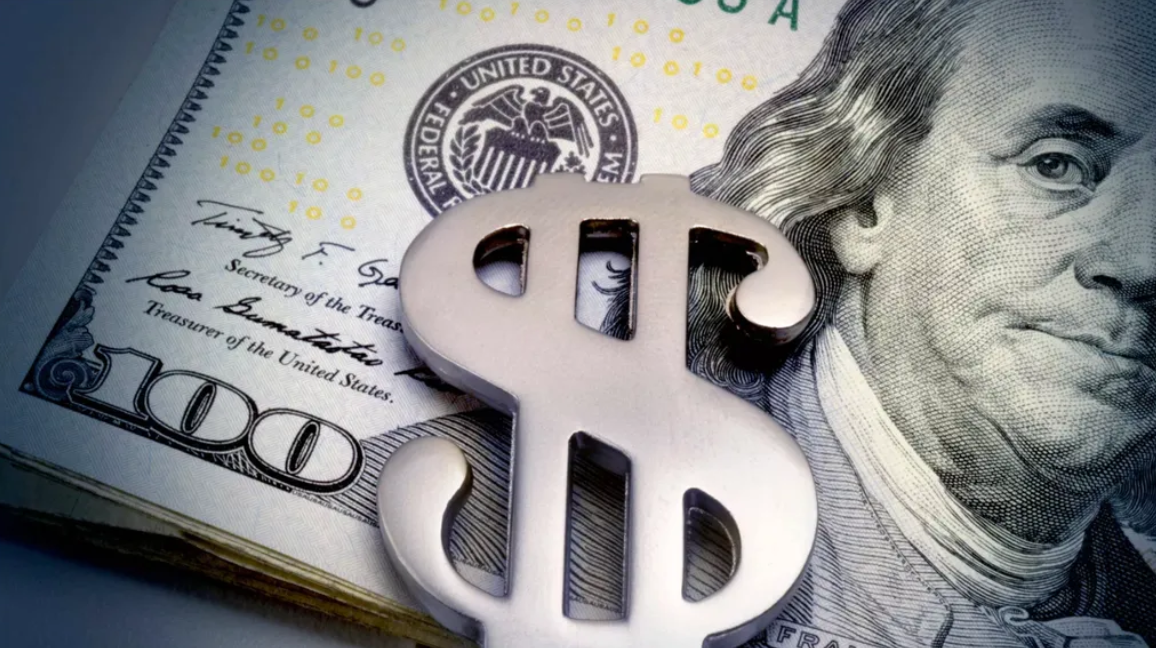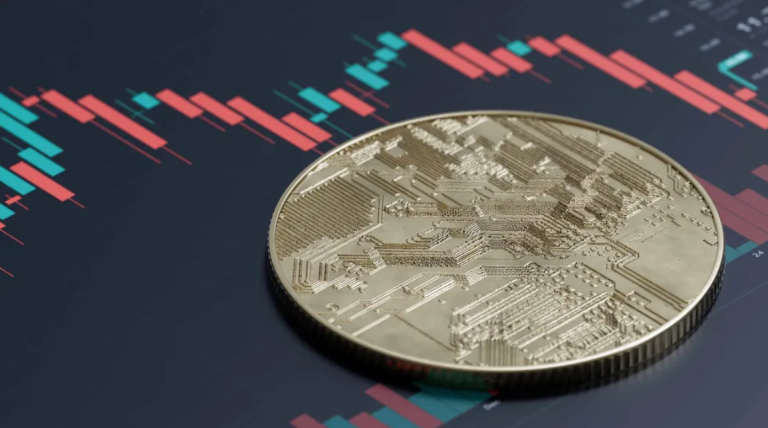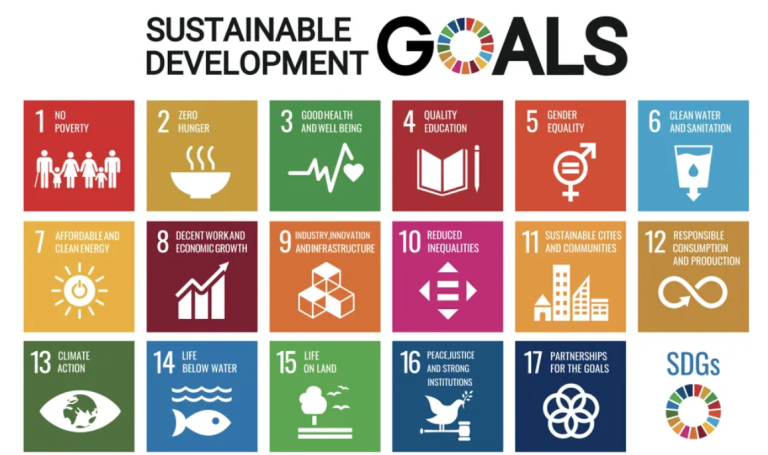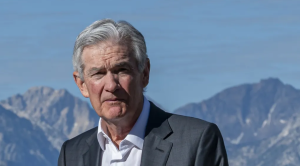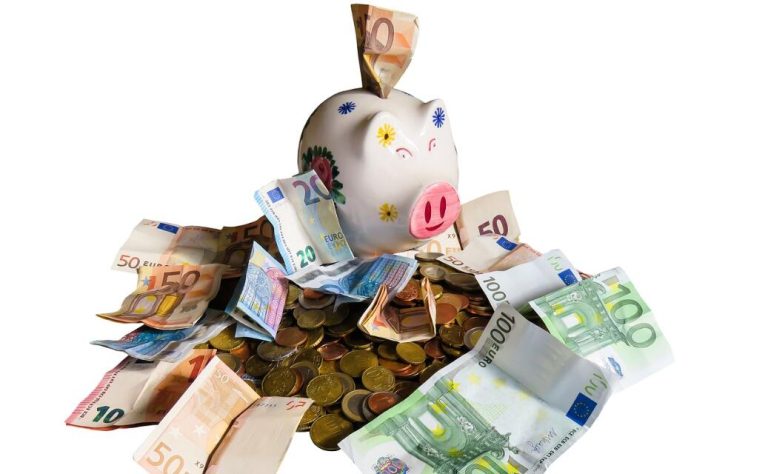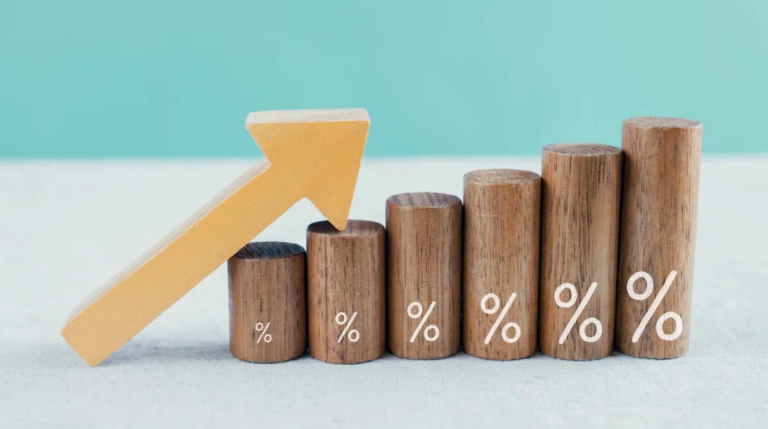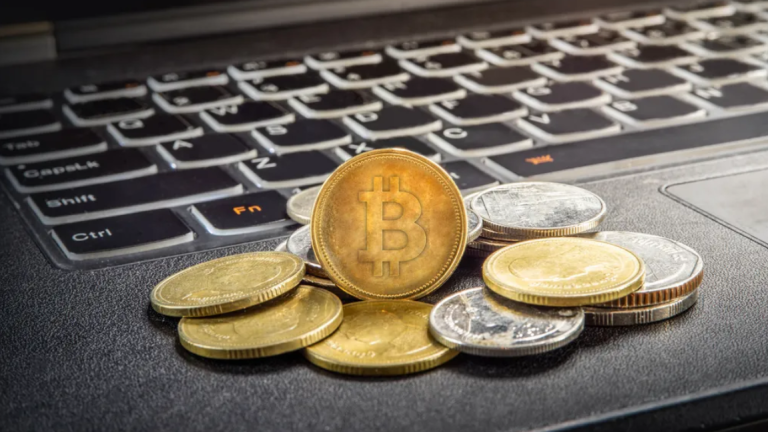The U.S. dollar has been the world’s dominant reserve currency for decades, but as global economic dynamics shift and new players emerge, questions arise about whether the dollar’s supremacy is sustainable. This article delves into the various factors affecting the dollar’s status as the premier global currency and the potential challenges and contenders it may face in the coming years.
The Dollar’s Current Standing:
Historical Preeminence: The dollar’s role as the world’s primary reserve currency dates back to the aftermath of World War II when the Bretton Woods Agreement pegged global currencies to the dollar, which was in turn linked to gold. This system laid the foundation for the dollar’s dominance.
Global Trade: The dollar is the primary currency used in international trade. Commodities like oil are priced and traded in dollars, which keeps the demand for the currency high. This has provided the U.S. with economic advantages.
Political and Economic Stability: The United States’ relative political stability and robust financial institutions have bolstered the dollar’s status as a safe haven. In times of uncertainty, investors flock to the dollar, reinforcing its role.
Challenges to Dollar Dominance:
Rising Debt Levels: The U.S. has accumulated substantial debt in recent years, and this trend is expected to continue. High levels of debt could undermine confidence in the dollar’s stability, raising questions about its long-term value.
Rising Economic Powers: Emerging economies like China have been growing rapidly, both economically and in terms of global influence. These nations are increasingly challenging the dollar’s dominance and advocating for a more diversified international monetary system.
Shift Toward Digital Currencies: Cryptocurrencies and central bank digital currencies (CBDCs) have gained traction, prompting discussions about their role in reshaping the international monetary landscape. Some see CBDCs as potential alternatives to traditional reserve currencies.
Contenders and Alternatives:
The Euro: The euro has emerged as the most prominent alternative to the dollar. The European Union’s economic strength and the widespread use of the euro in international trade contribute to its status.
Chinese Renminbi: China’s ambitious global infrastructure projects, like the Belt and Road Initiative, are contributing to the internationalization of the Chinese renminbi (RMB). This has led to the RMB’s increased use in trade and finance.
Digital Currencies: Central bank digital currencies, like China’s digital yuan, and even cryptocurrencies like Bitcoin are potential contenders. Their efficiency and security features could challenge traditional currencies.
The Dollar’s Resilience:
U.S. Economic Might: Despite challenges, the U.S. economy remains the largest and most influential globally. This status provides the dollar with a robust foundation.
Trust and Inertia: The dollar’s dominance is, to some extent, self-perpetuating. The existing global financial system is heavily reliant on the dollar, and changing that system would be a complex and gradual process.
Adaptation and Digitalization: The U.S. has been exploring the possibility of a digital dollar, which could enhance its competitiveness in a rapidly evolving financial landscape.
While the dollar’s dominance as the world’s premier currency may face growing challenges, it is important to acknowledge that the transition to a new global monetary system is complex and likely to occur gradually. The dollar’s future hinges on the ability of the United States to address its fiscal issues, adapt to the changing financial landscape, and maintain the world’s trust.
For now, the dollar’s reign remains intact, but the evolution of global economics, the rise of alternative currencies, and the potential for digital innovation necessitate continuous vigilance and adaptation. As the world continues to change, the future of the dollar’s role as the top currency remains a dynamic and intriguing topic for global economic observers.


